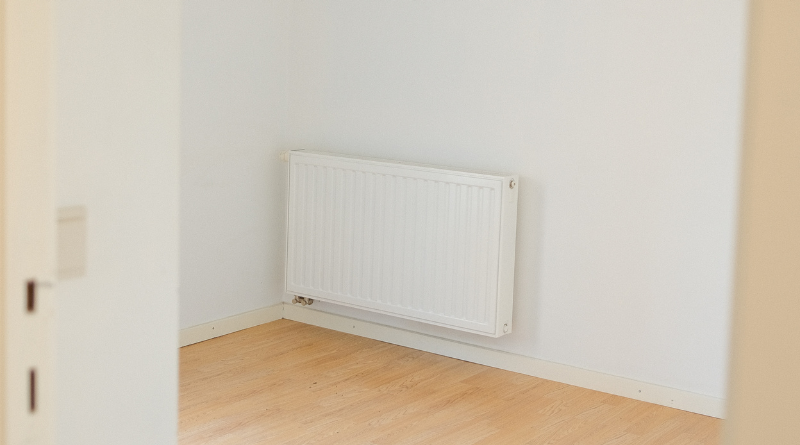Should I heat basement in winter? Many people grapple with the decision of picking which of the best heaters for basements is truly “best” for winter.

While it may be tempting to leave the space unheated, there are several factors to look out for before making this decision. To start, why you want to heat your basement? Is it for extra living space? For storage? Whatever it is, read on to find out when to and not to heat your basement.
Should I Heat Basement in Winter?
Yes, you should heat your basement in winter.
Many people believe that it’s not necessary to heat the basement, however, there are a lot of advantages to doing so. Firstly, by heating the basement you can create additional living and storage space for yourself and your family.
The more space your home provides, the better quality of life you will have. Secondly, heating the basement can help reduce energy costs; if you keep the temperature consistent throughout the home it will be easier to maintain an efficient level of energy consumption over time.
And lastly, heating your basement can also help improve indoor air quality; when temperatures drop during winter months, stagnant air with excess moisture can accumulate in this area leading to mold growth which is harmful to your health.
What Temperature Should I Keep My Finished Basement in the Winter?
The temperature you should keep your finished basement in the winter depends on several factors, such as the climate of your region, the purpose of the space, and how well insulated it is.
Generally speaking, the ideal temperature range to keep a finished basement in during winter months is between 55-65 degrees Fahrenheit. This temperature range helps maintain an energy efficient level of energy consumption while allowing for comfortable living or storage space.
If you live in a colder climate area and are looking to use the basement for additional living space, then keeping your basement at a higher temperature may be necessary.
Depending on how well insulated your home is, you may need to adjust the temperature accordingly to ensure that it remains warm enough.
Additionally, if you’re using the space for storage purposes then lower temperatures are usually sufficient; aim for temperatures between 50-55 degrees Fahrenheit to minimize moisture levels in order to prevent mold growth.
Finally, it’s important to note that no matter what temperature range you ultimately decide on for your finished basement, proper air circulation is key to maintaining good air quality and preventing any issues from arising.
Make sure any heating system installed in the basement has an adequate ventilation system with clean filters and fans that can circulate air throughout the entire area.
Keeping this kind of system regularly maintained will help ensure that your finished basement remains comfortable and safe during cold winter months.
Should You Heat an Unused Basement?
It is ultimately up to the individual’s discretion whether or not they should heat an unused basement.
However, in some cases it may be beneficial to keep the basement heated even if it is not in use. Heating an unused basement can help maintain consistent temperatures throughout the home, which can reduce energy costs in the long run.
Additionally, heating a basement helps reduce humidity levels and prevent mold growth, which can be harmful to your health and result in expensive repairs.

